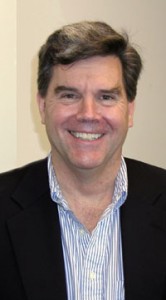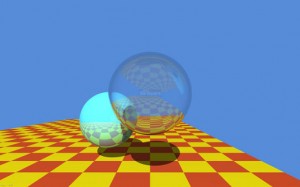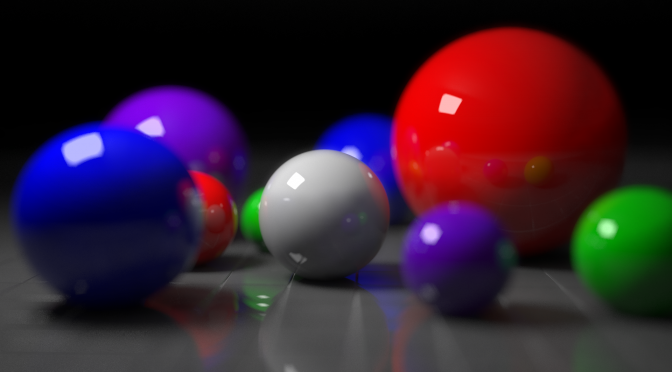
The text you are currently reading is crisp and clear thanks to Turner Whitted, a computer scientist at NVIDIA. While working at Microsoft in 2000, he invented the ClearType algorithm that uses shades of grey to smooth text pixels and make letter boundaries clearer. Modified versions of this algorithm are used practically everywhere from mobile phones and smartwatches to laptops.

On Thursday, October 22nd, Whitted spoke to a crowded audience in Thompson Physics Building on virtual reality, a topic he thinks will revolutionize technology. Whitted worked at Hasbro from 1992 to 1994 to design a virtual reality system. While it never went to stores because of changes in Hasbro’s business model, he describes it as very fruitful. “Sometimes our failures are the most exciting.” Virtual reality is becoming available to consumers through devices like Oculus Rift, but Whitted emphasized there are many remaining barriers such as poor resolution and limited field of view. He currently works at NVIDIA on graphics problems.

The talk was perfectly timed for students taking Prof. Morgan McGuire’s Computer Science 136 course. During lab this week, they are writing a program to render 3-dimensional images using Whitted’s seminal ray tracing algorithm.
